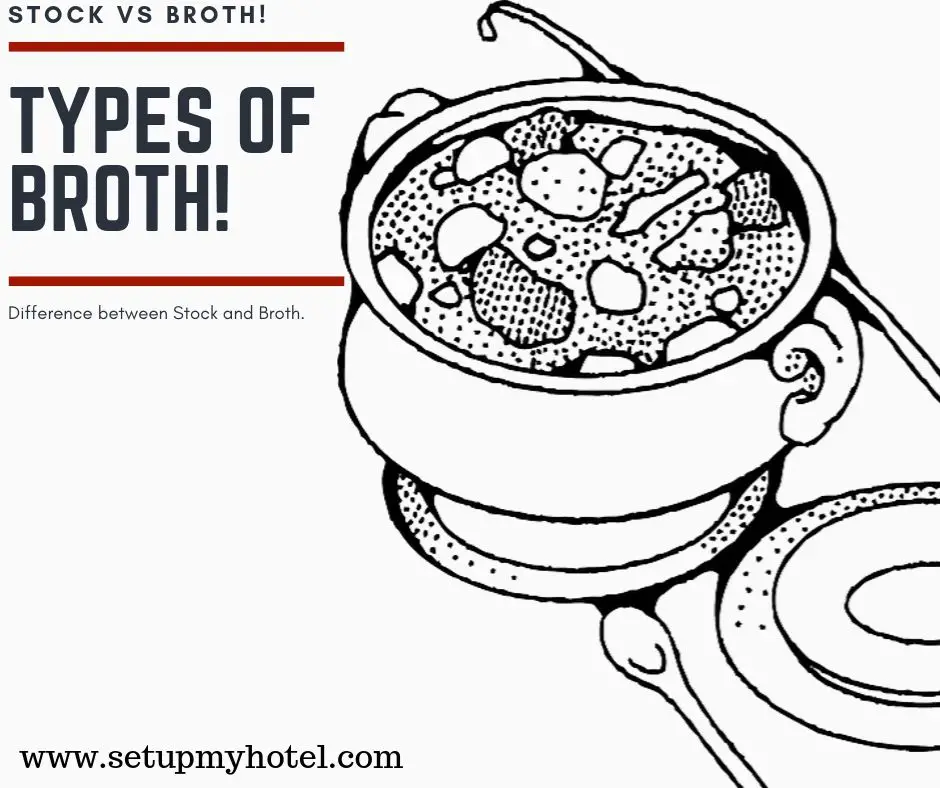Types Of Broth – How It Is Made? | Broth Vs Stock

What is Broth? How does it differ from Stock? Broth and stock are similar in technique and cooking time. Meat, ...
Read more
The Six Mother Sauces: A Beginner’s Guide To French Cuisine

Derivatives of Basic Mother Sauce’s Basic mother sauces are the foundation of French cuisine and consist of five sauces: Béchamel, ...
Read more
21 Types Of Cooked Eggs / Types Of Eggs Cooked

Types of Cooked Eggs / Types of Eggs Cooked Eggs have been a staple of human diets for centuries. They ...
Read more
Hard Boiled Eggs Time – How to Make Perfect Hard Boiled Eggs?

Hard boiled eggs time – How to Make Perfect Hard Boiled Eggs? Hard boiled eggs are a versatile and healthy ...
Read more
19 Types Of Eggs

Types of eggs Eggs are a staple in many households and come in different varieties. The most commonly consumed eggs ...
Read more
Cuts Of Vegetables

Standard Cuts Of Vegetables Vegetable cuts, as simple as they may seem, play an immense role in creating culinary masterpieces. ...
Read more
Uses Of Medium Duty Equipment In The Hotel Kitchen

Uses Of Medium Duty Equipment In The Hotel Kitchen Medium-duty equipment is a necessary piece of hotel kitchen infrastructure. It ...
Read more
6 Main Methods Of Cooking

Six Main Methods Of Cooking Cooking methods vary widely, each offering a unique approach to preparing food. The act of ...
Read more
Standard Meat Selection Criteria In Hotels

Standard Meat Selection Criteria in Hotels The standard meat selection criteria in hotels involve a careful consideration of various factors ...
Read more
21 Basic Indian Masala And Pastes With Ingredients And Method

21 Indian Spices and Pastes: Basic Indian Masala List 1. Aamchoori Masala Ingredients for preparing 450 gms of Aamchoori Masala: ...
Read more









